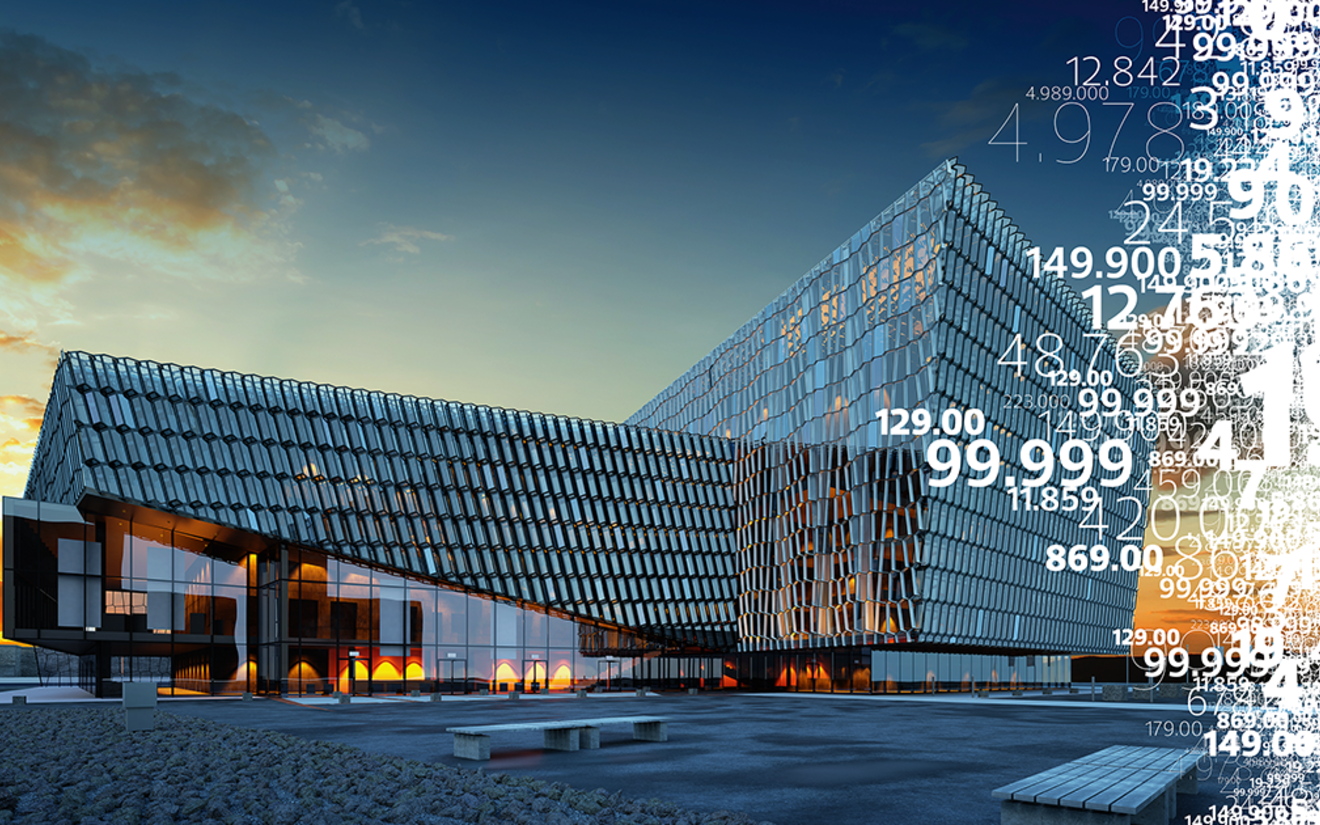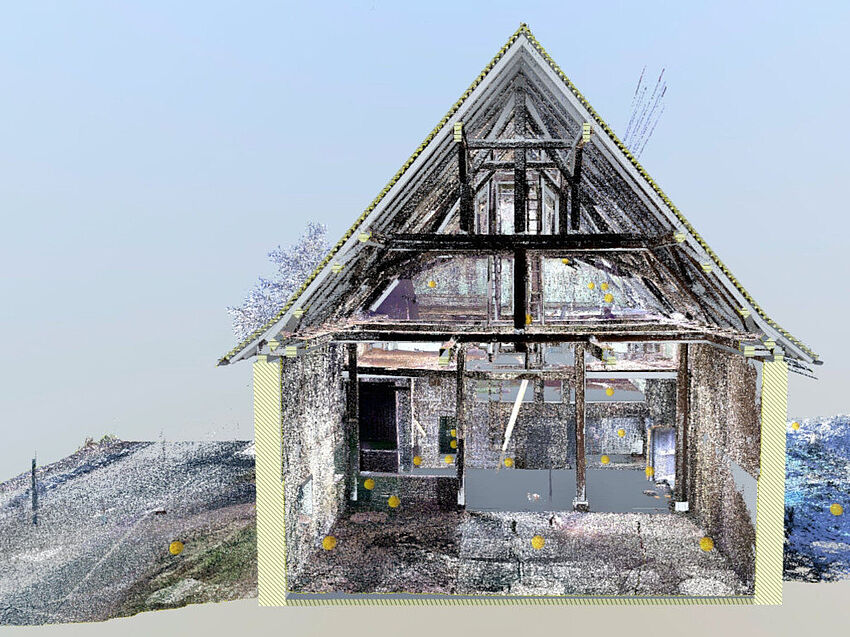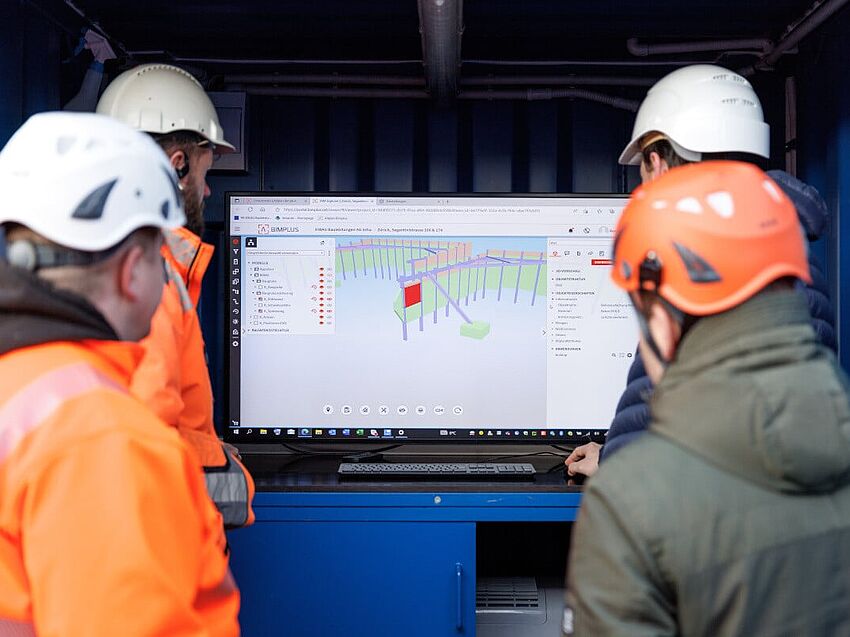The move from 2D drawing to 3D modeling has significant advantages for engineers in terms of precision and efficiency. In turn, this has benefits when creating cost estimates, allowing engineers to quickly and more accurately quantify materials and volumes for robust cost projections.
The transition from 2D to 3D is the key to this increased accuracy. Instead of using CAD as a digital drawing board, models can be created that are virtual representations of the actual building. This gives insights about the project that would be difficult to visualize in 2D, such as clashes between components.
From 3D Modeling to BIM
These insights are further enhanced when using Building Information Modeling (BIM). BIM enables the addition of richer project data through the use of attributes – the ability to attach information such as material type, cost, or performance data to any model component. While BIM and 3D modeling are inextricably linked, it’s this information – the attributes – that distinguishes BIM from just 3D modeling.
Better Cost Forecasting with BIM
The increasing mandatory use of BIM on projects is driving the use of 3D modeling. But BIM is more than just the latest client requirement; it is an opportunity for designers and contractors to start leveraging the power of the information built up in their projects for better cost control and forecasting.
By adding cost data to BIM models as the project progresses, historic cost information can be collected on a granular level that was previously very difficult to achieve using 2D drawing methods. Instead of trying to find a similar project for a ballpark cost estimate, historic cost information is available for every single component in a project, down to a single brick. This is how BIM enables a greater understanding of component costs.
Quicker Take Offs
Historic cost data is a powerful benefit of BIM on its own. However, with advanced 3D modeling tools, the software also has the ability to generate automated lists, such as volumetric information. It can also automate the materials take off process, as the information is already attached to the model via the component attributes. Quantifying materials becomes as simple as running a report from the BIM model, and if there is cost information attached, an accurate estimate can be created at the same time.
Easily Evaluate Design Options
Besides the time saved in both creating the estimate and correcting manual errors, it also makes analyzing different design options much quicker and easier. Tendering and quantities management tools built into the software enables the cost analysis of various options in a fraction of the time it would take using manual methods.
Better Information = Cost Benefits
Of course – as with any software – the output is only as good as the input, so checking is still required. But once the BIM model has been refined and enhanced with the right information, the cost estimating process becomes much easier and far more accurate.
If you have yet to start making the full use of BIM for cost estimating, now is the time to start reaping the benefits of better cost planning and enhanced accuracy. If you want to read more about the benefits of BIM, download our white paper about the 10 ways that BIM can help improve project delivery.




